The Decentralized Insurance Market is currently characterized by a dynamic competitive landscape, driven by technological advancements and a growing consumer demand for transparency and efficiency. Key players such as Nexus Mutual (GB), Etherisc (DE), and InsurAce (SG) are at the forefront, each adopting distinct strategies to enhance their market positioning. Nexus Mutual (GB) focuses on community-driven insurance solutions, leveraging blockchain technology to foster trust among users. Etherisc (DE) emphasizes the development of decentralized insurance applications, aiming to streamline processes and reduce costs. InsurAce (SG) positions itself as a comprehensive insurance platform, integrating various DeFi protocols to offer diverse coverage options. Collectively, these strategies contribute to a competitive environment that prioritizes innovation and user engagement.
In terms of business tactics, companies in the decentralized insurance sector are increasingly localizing their offerings to cater to regional markets, optimizing their operational frameworks to enhance efficiency. The market structure appears moderately fragmented, with numerous players vying for market share. However, the influence of major companies is palpable, as they set benchmarks for service quality and technological integration, thereby shaping consumer expectations and industry standards.
In August 2025, Nexus Mutual (GB) announced a partnership with a leading blockchain platform to enhance its claims processing capabilities. This strategic move is likely to improve user experience by reducing claim settlement times, thereby reinforcing trust in the platform. Such partnerships are indicative of a broader trend where decentralized insurance providers seek to leverage existing technologies to bolster their service offerings.
In September 2025, Etherisc (DE) launched a new product aimed at providing coverage for climate-related risks, reflecting a growing awareness of environmental issues within the insurance sector. This initiative not only diversifies Etherisc's product portfolio but also positions the company as a leader in addressing emerging risks, potentially attracting environmentally conscious consumers. The strategic importance of this move lies in its alignment with global sustainability trends, which are increasingly influencing consumer choices.
In October 2025, InsurAce (SG) expanded its operations into the Asian market by introducing a suite of insurance products tailored for local businesses. This expansion is significant as it demonstrates InsurAce's commitment to regional growth and its adaptability to local market needs. By customizing offerings, the company enhances its competitive edge and fosters deeper connections with its customer base.
As of October 2025, the Decentralized Insurance Market is witnessing trends such as digitalization, sustainability, and the integration of artificial intelligence. These trends are reshaping competitive dynamics, with strategic alliances becoming increasingly vital for success. The shift from price-based competition to a focus on innovation, technology, and supply chain reliability is evident, suggesting that companies that prioritize these elements will likely emerge as leaders in the evolving landscape.
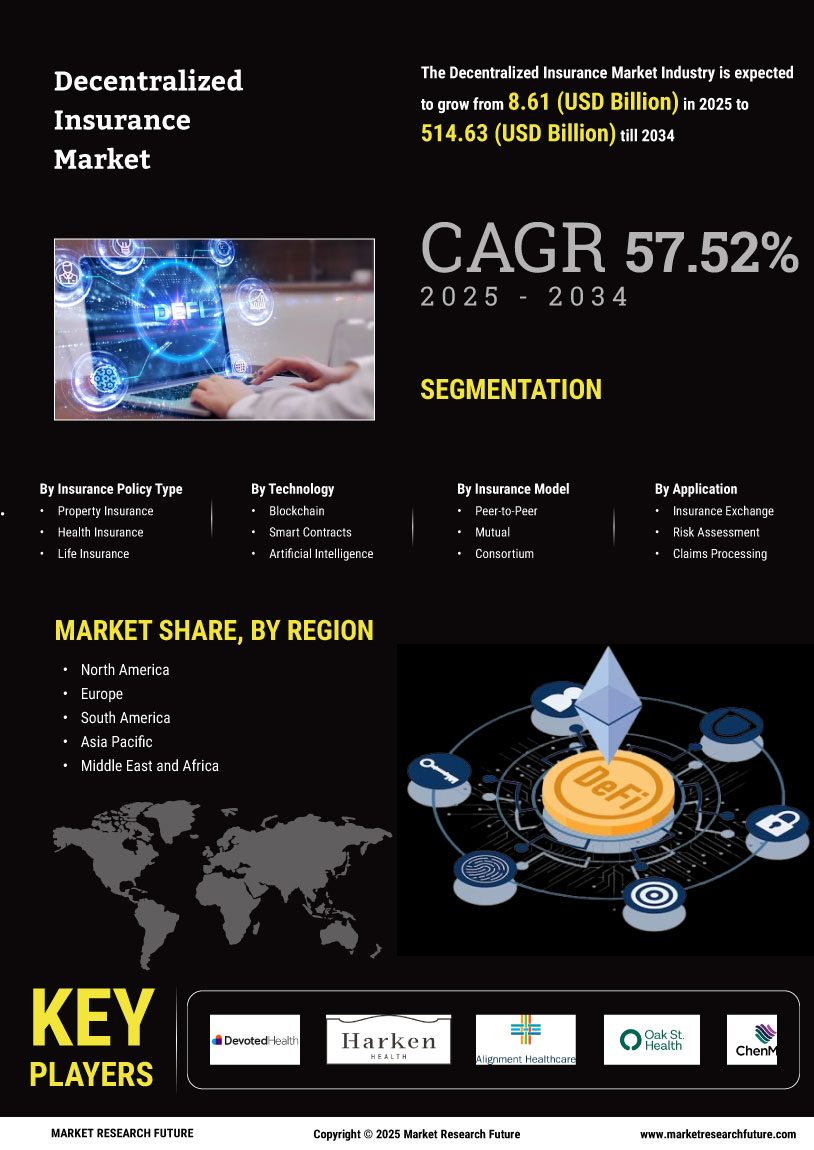

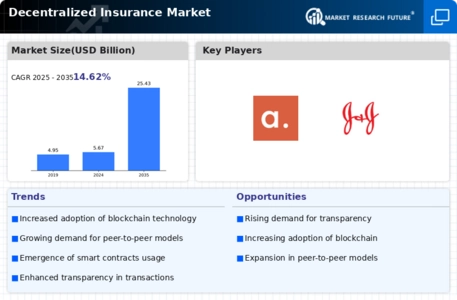
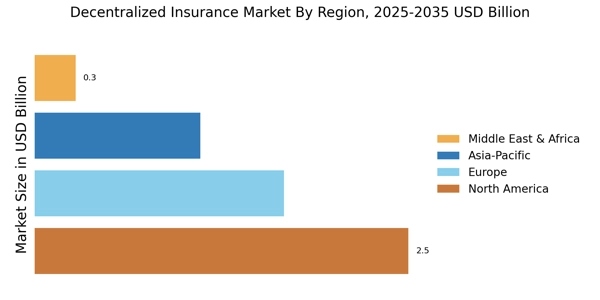
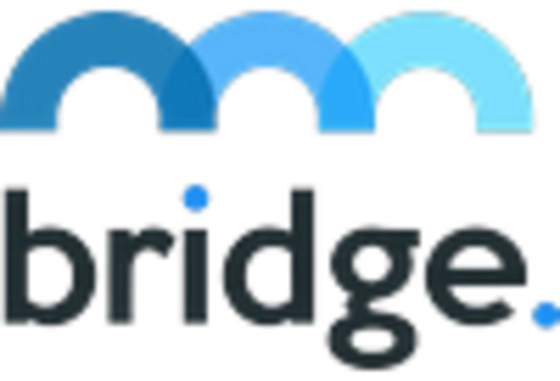
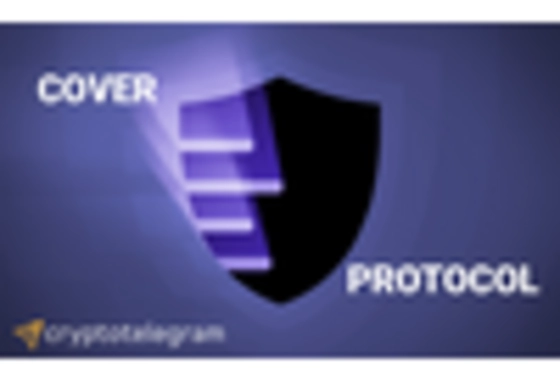
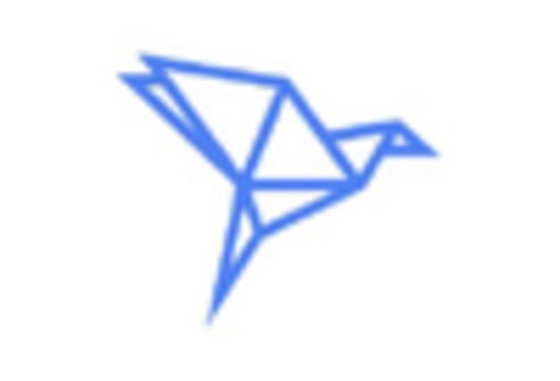
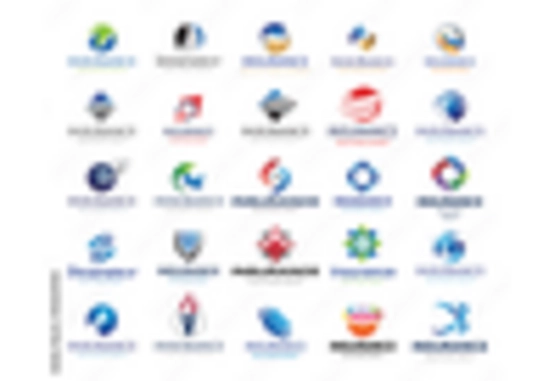
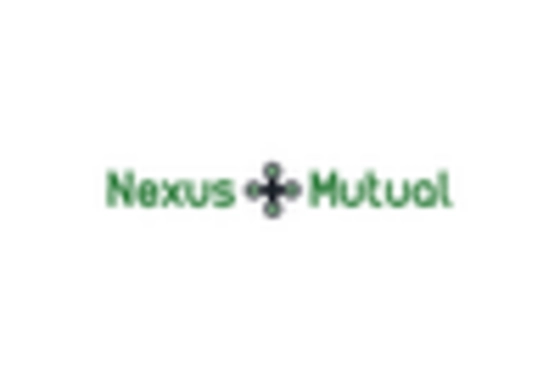
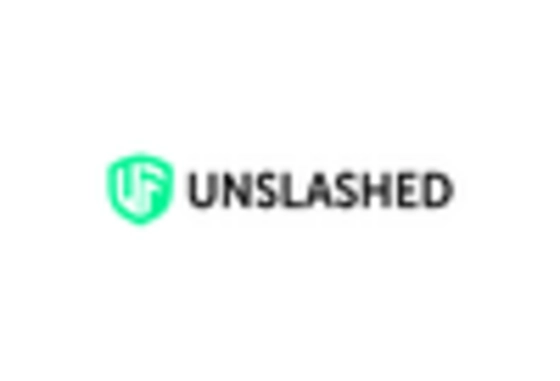








Leave a Comment